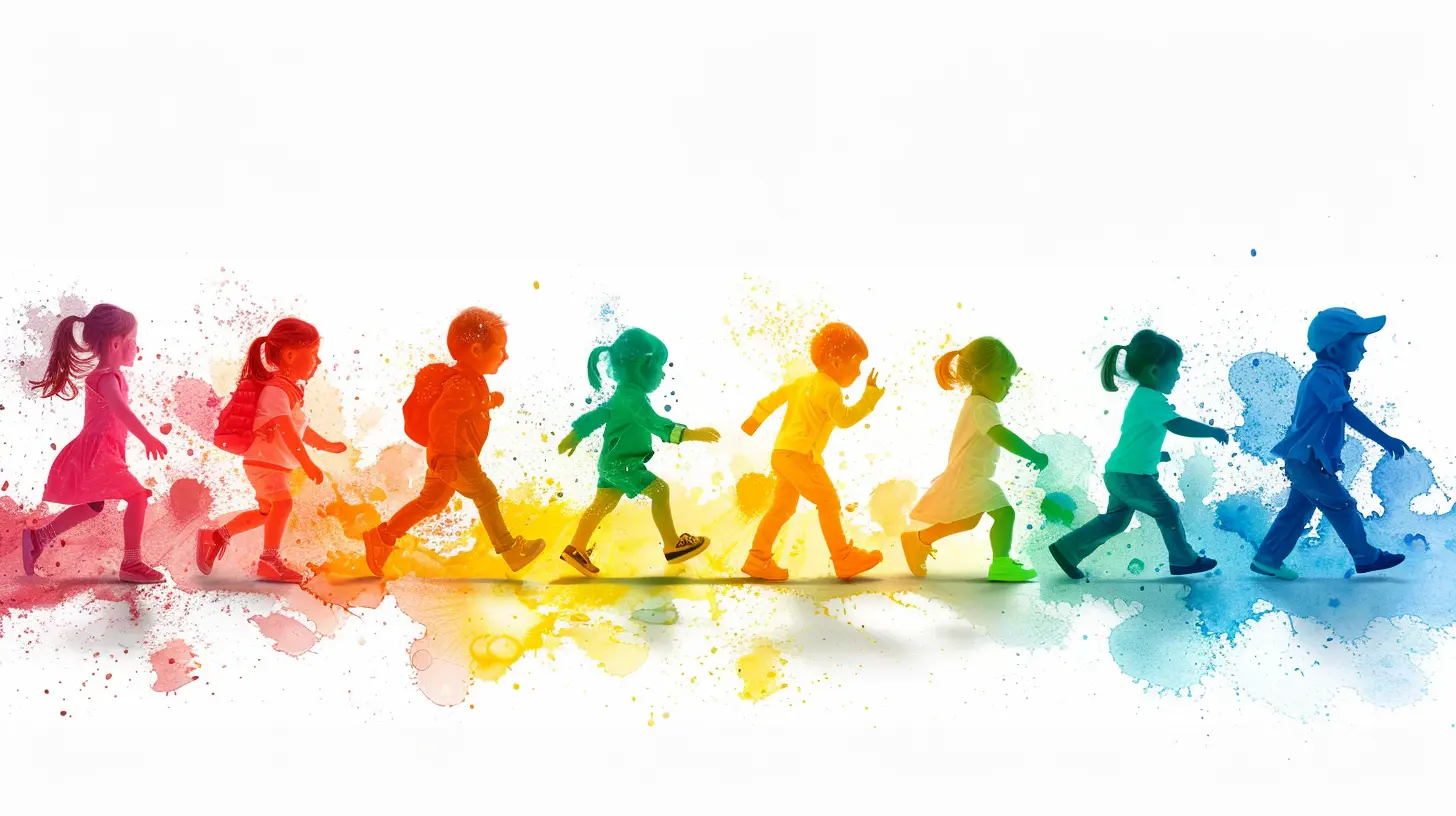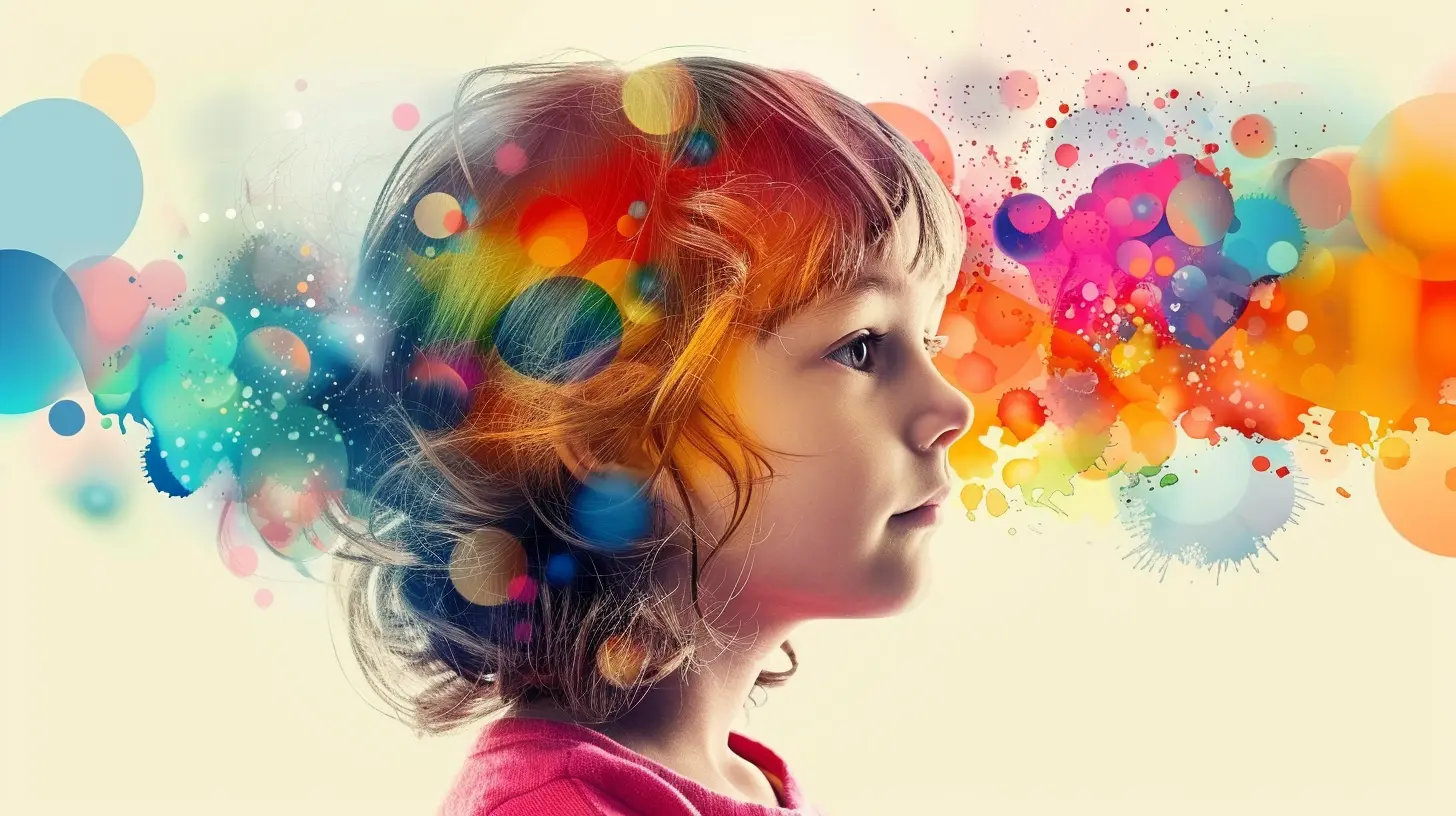Cultural Factors and Their Influence on Child Growth
22 November 2025
Childhood development is a fascinating process shaped by various factors, including genetics, environment, and culture. Among these, culture plays a significant role in influencing how children grow physically, emotionally, socially, and cognitively. But how exactly does culture shape a child’s development? From parenting styles to education and social norms, culture molds a child’s worldview and behavior in unique ways.
In this article, we’ll dive into how cultural factors influence child growth and why understanding these influences is crucial for both parents and educators.
What Are Cultural Factors?
Culture is more than just traditions, festivals, or language. It’s a complex system of beliefs, values, behaviors, and practices passed down through generations. Cultural factors that influence a child’s development include:- Parenting styles
- Educational expectations
- Social norms and customs
- Language and communication
- Religious beliefs
- Community influence
Each of these elements plays a crucial role in shaping how a child perceives and interacts with the world.
Parenting Styles and Their Role in Child Development
Parents are a child’s first teachers, and their approach to parenting is deeply rooted in cultural traditions. Different cultures have distinct parenting styles that can significantly affect a child’s emotional and cognitive growth.Authoritarian vs. Permissive Parenting
For instance, in many Asian cultures, strict or authoritarian parenting is common. Parents set high expectations and emphasize discipline and respect. While this may instill strong work ethics and discipline, it can sometimes suppress a child’s ability to express themselves freely.On the other hand, Western cultures, particularly in the U.S. and parts of Europe, lean towards a more permissive or authoritative parenting style. Here, parents encourage open communication, independence, and self-expression. This approach often supports creativity and self-confidence but may sometimes lead to a lack of discipline.
The Middle Ground: Authoritative Parenting
Studies suggest that authoritative parenting, which balances discipline and warmth, leads to the best developmental outcomes. This style is common in diverse cultural settings and promotes both autonomy and emotional security in children.
Education: A Cultural Framework for Development
Education is another major cultural pillar that influences child growth. Different cultures emphasize different learning styles and expectations.Rote Learning vs. Critical Thinking
In some Asian and Middle Eastern cultures, education is highly structured and emphasizes rote memorization—a method where children learn by repetition. This approach ensures discipline and strong foundational knowledge but can sometimes limit creativity.In contrast, Western educational systems prioritize critical thinking and problem-solving. Schools encourage students to ask questions, think independently, and explore different perspectives. This fosters curiosity but might sometimes result in weaker memorization skills compared to cultures where rigorous repetition is emphasized.
Pressure and Expectations
In many cultures, especially in countries like China, India, and South Korea, academic excellence is paramount. Parents and teachers place immense pressure on children to excel academically, often at the expense of leisure activities. While this drives success, it can also lead to stress and burnout.In contrast, many Scandinavian countries focus on a balanced education system, emphasizing both academics and leisure, which helps children develop holistically.
Language and Communication: The Cultural Bridge
Language is not just a means of communication—it shapes thought patterns, emotions, and even problem-solving abilities.Multilingual Advantage
Children raised in multilingual households tend to develop strong cognitive skills, including better memory, problem-solving abilities, and adaptability. Cultures that encourage bilingualism or multilingualism, such as in Switzerland or Canada, often see these benefits reflected in their children.Cultural Influence on Expressiveness
In some cultures, such as in Mediterranean or Latin American countries, emotional expressiveness is encouraged. Children learn to openly communicate their feelings, leading to strong emotional intelligence.In contrast, in cultures like Japan or Finland, emotional restraint is valued. Children learn to regulate their emotions and avoid confrontation, fostering patience and self-discipline.
Both approaches have their advantages—while emotional expressiveness promotes empathy and social connection, emotional regulation encourages resilience and self-control.
Social Norms and Their Impact on Development
Social norms define acceptable behavior within a community, and children quickly absorb these cultural cues.Individualism vs. Collectivism
One of the most striking cultural differences in child development is the contrast between individualistic and collectivistic societies.- Individualistic cultures (e.g., the U.S., Canada, Australia) encourage independence, self-reliance, and personal achievements. Children are taught to stand out and pursue personal goals.
- Collectivistic cultures (e.g., China, Japan, India) emphasize group harmony, family ties, and shared responsibilities. Children are encouraged to prioritize family and community over personal desires.
Neither approach is inherently better—individualism fosters independence, while collectivism nurtures strong social bonds.
Gender Roles and Their Influence
Cultural norms also shape gender expectations. In many conservative societies, boys and girls are raised with distinct roles, influencing their career choices, personality development, and emotional expression.In contrast, more progressive cultures promote gender equality, allowing children to explore interests and careers beyond traditional gender norms.
Religious Beliefs and Moral Development
Religion plays a significant role in shaping a child’s moral values, ethical beliefs, and daily routines. In many cultures, religious teachings provide a moral compass, guiding behaviors like honesty, respect, and kindness.For example, in Muslim, Hindu, or Christian communities, religious practices such as prayer, fasting, and community service are introduced early, influencing not only a child’s values but also their sense of discipline and belonging.
However, in secular cultures, morality is often shaped by philosophical beliefs or societal norms rather than religious doctrines. Regardless of the approach, children absorb moral lessons from their surroundings and caregivers.
The Role of Community and Societal Influence
Communities play a crucial role in child development. Whether it's extended family, neighbors, or local institutions, a child’s surroundings shape their worldview.Extended Family Influence
In collectivistic cultures, the extended family is often deeply involved in a child's upbringing. Grandparents, aunts, and uncles contribute to nurturing and disciplining children, which provides a strong support system.Meanwhile, in individualistic cultures, nuclear families are more common, and children are encouraged to develop independence early.
Media and Technology: A Modern Cultural Influence
With the rise of digital media, children today are influenced not only by their immediate culture but also by global trends. Social media, movies, and online interactions introduce them to diverse perspectives, sometimes challenging traditional cultural values.For example, a child in a conservative society might be exposed to progressive ideas through the internet, leading to a blend of cultural influences in their beliefs and behaviors.
Final Thoughts: Embracing Cultural Diversity in Child Growth
Culture is a powerful force that shapes a child's development in ways we often take for granted. From how parents raise their children to the education they receive and the social expectations they follow, cultural influences are deeply embedded in every aspect of life.As globalization continues, children are increasingly exposed to multicultural environments, blending different cultural practices in their upbringing. This can create a rich, dynamic foundation for their growth, allowing them to develop adaptability, open-mindedness, and a broader worldview.
For parents, teachers, and caregivers, understanding cultural influences on child growth is essential. It helps in fostering an environment that respects tradition while allowing children to thrive in an ever-changing world.
all images in this post were generated using AI tools
Category:
Child DevelopmentAuthor:

Alexandra Butler

